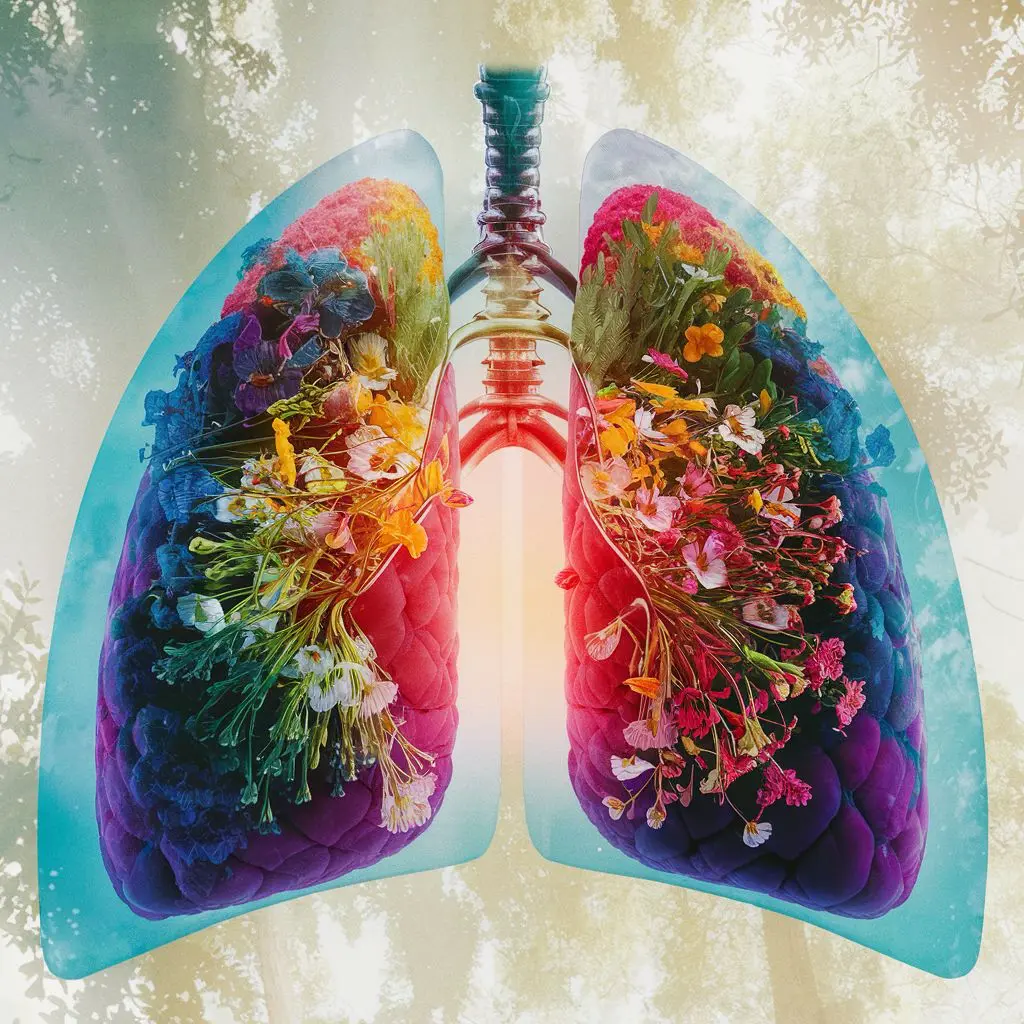Discover apitherapy
L'Air de la Ruche:
A Natural Approach to Health and Wellness

Hive air, often referred to as "hive air therapy" or "apicultural halotherapy", is the ancient practice of inhaling the air inside beehives for therapeutic purposes. This method, which takes advantage of the beneficial properties of bees' natural environment, is increasingly recognized for its numerous health benefits.
l'air de ruche in a few words :

Benefits of Hive Air
Boosting the immune system
Relief of respiratory disorders
Improves blood circulation
Reduced stress and anxiety

Using Hive Air
Hive air can be inhaled directly from an active hive, or using devices specially designed to reproduce hive conditions. Inhalation sessions generally last from 15 to 30 minutes, and can be repeated several times a week for best results.

Composition of Hive Air
Hive air is unique in that it is enriched with beneficial substances produced by the bees and present in the hive.
This air contains aerosols of fresh propolis from the hive and other volatile substances from pollen/beeswax, nectar/honey.
Find out more about daventage:
Benefits of Hive Air
Immune system boost: Regular inhalation of hive air can help strengthen the immune system and prevent infections.
Relief from respiratory disorders: Hive air can be beneficial for people suffering from respiratory disorders such as asthma, bronchitis and allergies.
Improved blood circulation: Substances in the hive air can help improve blood circulation and promote wound healing.
Stress and anxiety reduction: Inhaling hive air can have a calming effect on the nervous system, helping to reduce stress and anxiety.
Using Hive Air
Hive air can be inhaled directly from an active hive, or using devices specially designed to reproduce hive conditions. Inhalation sessions generally last from 15 to 30 minutes, and can be repeated several times a week for best results.
Composition of Hive Air
Oxygen (O2): As in ambient air, oxygen is essential for bee respiration and the combustion of food in the hive.
Carbon dioxide (CO2): Bees produce carbon dioxide when they breathe. The concentration of CO2 in the hive air can increase with bee population density and activity.
Humidity: Hive air can be more humid than outside air due to bee breathing, heat production and evaporation of nectar and water.
Pheromones: Bees emit pheromones to communicate with each other and coordinate colony activities. These volatile chemical compounds may also be present in the hive air.
Volatile substances: In addition to pheromones, other volatile substances produced by bees, such as volatile organic compounds (VOCs), may be present in the hive air. These substances can originate from the bees' glands, the hive's construction materials, or even the products of honey fermentation.
Dust and particles: Hive air can contain fine dust, particles of beeswax, pollen and other materials from the hive environment.
Microorganisms: Although the air in the hive is generally sterile, microorganisms such as bacteria, yeasts and molds can be present, especially in pollen and honey storage areas.
These components help to create a unique environment inside the hive, which can have effects on the health and well-being of bees, and which is also being explored for its potential benefits for humans in apitherapy.
Before starting therapy
Although hive air can offer many health benefits, it's important to consult a health professional before starting any hive air treatment, especially for people with respiratory problems or allergies to bee stings.
The age at which it is recommended to breathe hive air can vary according to individual sensitivity, but as a general rule, older children, generally from the age of six, can be introduced to hive air with caution.

Prices and information:
Price list:
- Per session: €50
Session duration :
- 45 minutes on average
Rule of thumb:
- Listen carefully to the guide's instructions.
- Be cheerful and smile.
Cancellation
Please note that cancellations must be made at least 48 hours in advance to qualify for a refund.
